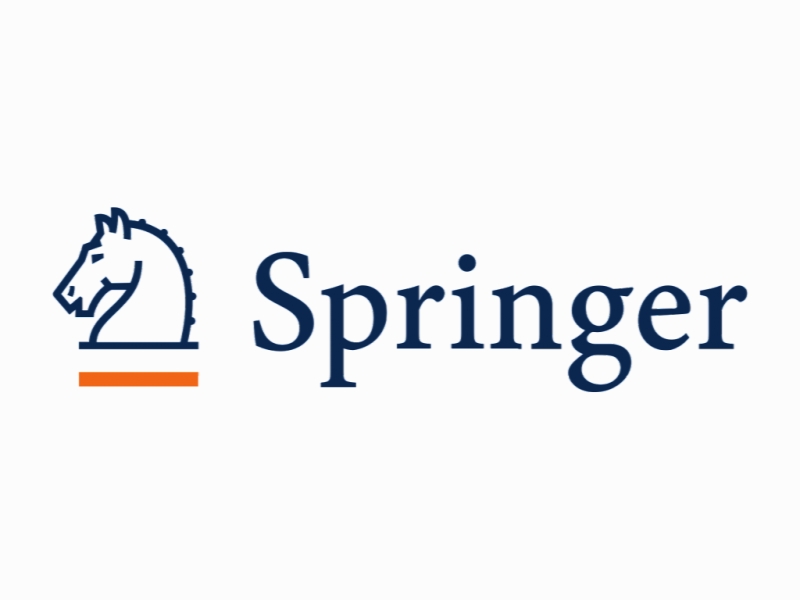قانون طراحی ظرفیت اصلاح شده برای ستونها در MRF های فولادی بلند با میراگرهای ویسکوز دینامیکی خطی در چارچوب Eurocode 8 Modified capacity design rule for columns in tall steel MRFs with linear viscous dampers within the framework of Eurocode 8
- نوع فایل : کتاب
- زبان : انگلیسی
- ناشر : Springer
- چاپ و سال / کشور: 2018
توضیحات
رشته های مرتبط مهندسی عمران
گرایش های مرتبط سازه، مدیریت ساخت
مجله بولتن مهندسی زلزله – Bulletin of Earthquake Engineering
دانشگاه School of Engineering – University of Warwick – UK
شناسه دیجیتال – doi https://doi.org/10.1007/s10518-017-0230-7
منتشر شده در نشریه اسپرینگر
کلمات کلیدی انگلیسی Capacity design, Eurocode 8, Plastic mechanism, Steel MRFs, Viscous dampers
گرایش های مرتبط سازه، مدیریت ساخت
مجله بولتن مهندسی زلزله – Bulletin of Earthquake Engineering
دانشگاه School of Engineering – University of Warwick – UK
شناسه دیجیتال – doi https://doi.org/10.1007/s10518-017-0230-7
منتشر شده در نشریه اسپرینگر
کلمات کلیدی انگلیسی Capacity design, Eurocode 8, Plastic mechanism, Steel MRFs, Viscous dampers
Description
1 Introduction Modern technologies for seismic hazard mitigation in building structures, such as passive dampers, have been extensively studied over the past 20 years and are now considered ready for frequent use in seismic-resistant design practice (Christopoulos and Filiatrault 2006). These technologies make it possible to design economically viable buildings that (a) experience significantly less damage than conventional buildings designed according to seismic codes; and (b) return to service within an acceptable short, if not immediate, time after a strong earthquake. The latter is of significant importance as recent strong earthquakes resulted in high losses due to long disruption of the use or occupation of a large number of buildings (New Zealand Treasury Budget Speech 2013). Fluid viscous dampers are a particular type of passive dampers with well-known advantages including stable seismic energy dissipation capacity and force output that is velocity dependent, and thus, typically out-of-phase with the peak internal forces in the structural members of a building (Symans et al. 2008). As their name implies, fluid viscous dampers consist of a cylinder that encloses fluid and a piston. The dynamic motion of the latter results in force output, FD, given by (Seleemah and Constantinou 1997): FD ¼ C j j m a sgnðmÞ ð1Þ where v is the velocity across the damper, a is the velocity exponent, C is the damping coefficient, and sgn stands for the signum function. Many research efforts showed that viscous dampers significantly improve the seismic performance of new or existing buildings by reducing story drifts and plastic deformations in main structural members (Symans et al. 2008). Moreover, research efforts evaluated the effectiveness of using viscous dampers to reduce residual displacements as well as damage in velocity-sensitive and acceleration-sensitive non-structural components of buildings (Karavasilis and Seo 2011; Pavlou and Constantinou 2006; Wanitkorkul and Filiatrault 2008). A design procedure for buildings with passive dampers (e.g. yielding, viscous, viscoelastic), which uses a highly damped elastic single-degree-of-freedom system as substitute of the real inelastic multi-degree-of-freedom building, is included in ASCE 7-10 (2010). The total damping of the substitute elastic system is the sum of the inherent, supplemental viscous, and hysteretic (due to yielding) damping. According to ASCE 7-10, the frame of the building that includes the viscous dampers (i.e. the damping system) is designed with the aid of the substitute highly damped system for three different seismic loading situations, i.e. those associated with the peak displacement, acceleration, and velocity. The ASCE 7-10 procedure has been validated with numerical simulations of the seismic response of highly damped steel MRFs of up to six stories under the design basis earthquake (DBE) and the maximum considered earthquake (MCE) intensities (Ramirez et al. 2002a, b). An alternative design procedure adopts a graphic tool to estimate the peak response of yielding structures with passive dampers with the goal of satisfying multiple target performance objectives (Guo and Christopoulos 2013).


